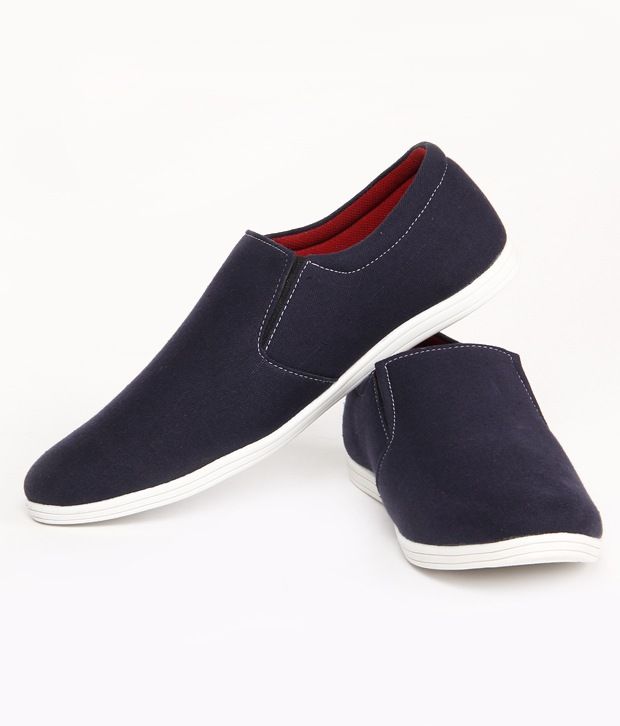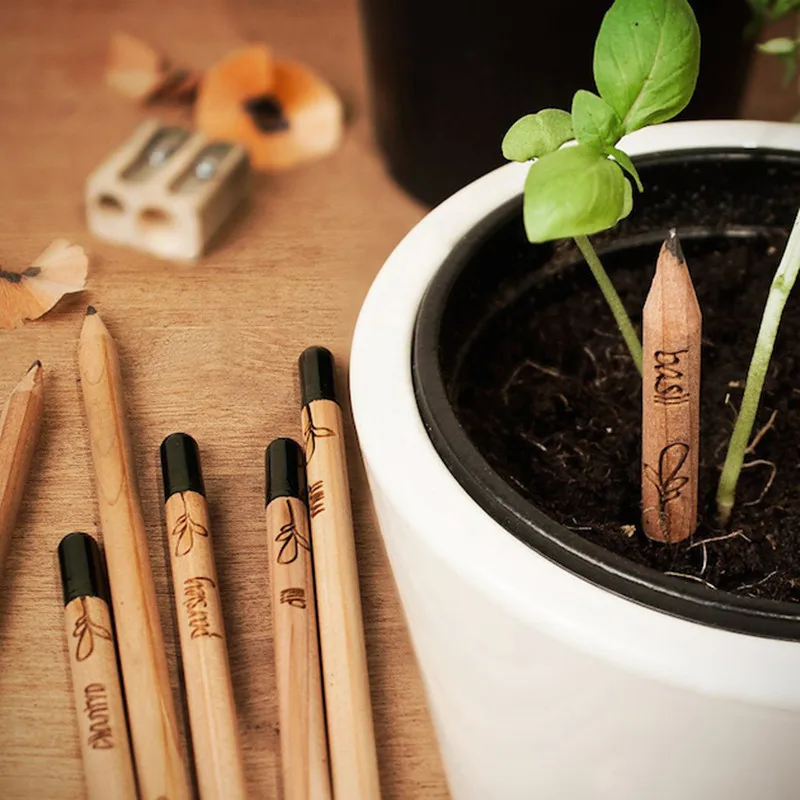It all began with me trying to find a word opposite of
shopaholic. My husband and I have never really been big on shopping and
wanted a term to describe ourselves. Turns out, there is no antonym for
shopaholic; there is however a condition called “Officinaphobia”
which means fear of shopping. Phobia is an extreme or irrational aversion
to something. Our distaste for shopping on the other hand is
moderate and quite rational.
Shopping is a difficult optimization problem for me. The following goes
on in my mind when I buy things:
Space factor: Where will I keep it? We stay in a rented 1 BHK
in Mumbai and don’t have enough space for anything beyond the essential items
Maintenance factor: How much of maintenance will the
stuff require? Most things need dusting, cleaning, servicing
Cost factor: Is the purchase a value deal? Will I require it often enough to
justify the purchase, will it make the task at hand easier?
Time factor: is my time well spent researching from the ample choices. How
long will the stuff last?
As is apparent from the above Venn diagram, in the universe of
things, my sweet red spot is quite small.
Just yesterday, Jayesh and I went shoe shopping. Our less than 6 months
old shoe had torn off and was irreparable. After spending 2 hours I managed to
get a new pair for myself. Jayesh decided to use his old but functional
sneakers as none of the shoes fit the problem statement he wanted to make
purchase for.
Consider the sample problem: To buy a long lasting (1.5- 2 years) pair
of slip- on lace-less shoes (popularly called loafers) that can be used
for riding a motor bike and withstand the wear and tear of the foot
controlled gear.
 |
| Loafers |
After
scanning several stores and spending about 2 hours, we realized that such a
shoe does not exist. None of the shop owners were ready to give a warranty of
more than 3 months on their loafers, irrespective of the price and brand of the
shoe.
What
were our options?
1. Change
geared bike to an automatic one
2. Make do with the old pair sneakers with
laces and learn to secure them well enough so that it does not come undone
often
3. Be a loafer who can afford the time to buy
new loafers every 6 months.
We went
with option 2 that did not involve any further purchase. The whole shopping –optimization-
exercise left us annoyed and energy-sapped. I wish we could ‘outsource’ buying
certain items to someone else: a personalized shopping aide –of- sorts. That
however, may just shoot up the ‘Cost factor’!
Shopping
for me is a chore and as long as it is basic essentials: grocery, vegetables,
major long term purchases like fridge, washing machine, two- wheeler, I do my
duty fairly well. It is when it comes to things like: clothes, cosmetics,
mobile phones, or even TV that my head starts reeling and I start procrastinating.
My husband and I have been postponing the decision to buy a television for 4
years now. It is not that we have not tried. The TV market seems to be in some
transition; the smart TVs’ are new and the pocket friendly models all have a
life span of 2-4 years. We were looking at a more long term investment which
was not available. We never ended up getting a TV. Often times we rationalize our inability of
zero in on a TV as good riddance. It helps us spend more quality time together:
going out, socializing, reading a book or playing board games.

My
habits and expectations were shaped in the 1980's and 1990's when India was still
socialist and most purchases were done with the functionality and longevity in
mind. I remember buying ‘Bata shoes’ that would last forever and we were more
likely to outgrow them than tear them.
I
dislike the fact that things have to be replaced and bought so often. Below is
a rough estimate of change in lifespan of some items, as per personal
experience:
Item
/Product
|
Life span old model
(in years)
|
Life span of new model (in years)
|
Mobile
phone
|
5-10
|
2-4 (smart phones)
|
Laptop
|
6-8
|
4-6
|
Television
|
10-15
|
2-4 (smart TV)
|
Kitchen utensils like kadhai, tawa, steel plates
|
30-40 (passed down from generations. We still have a
functional kitchen mortar that came to India with my grandmother at the time
of India- Pakistan partition
|
2-5 years, steel has become less fashionable and
replaced with melamine dishes; non-stick pans need changing every 3-5 years
|
Shoes/footwear
|
4-8
|
0.5-1
|
Text
books
|
The editions of major text books didn’t change every
year. Basics as we all know remain pretty much constant for the most part.
|
Every year a new edition come out which becomes
mandatory to purchase. I understand there are faster advancements but not
enough to generate new editions every so often. Why not make only the updated
information available why make a whole new edition?
|
I guard my time and energy against the ‘Planned obsolescence’ that many companies have unleashed on the unsuspecting common man. Planned obsolescence is planning or designing a product with an artificially limited useful life, so it will become unfashionable or no longer functional after a certain period of time.1 The rationale behind the strategy is to generate long-term sales volume by reducing the time between repeat purchases. Needless to say this strategy feeds on our consumerism and is not environment friendly. While it is becoming impossible to totally stay away from it, it is still possible to be mindful of it. Maybe we can’t escape buying a new smart phone every 3 years, but we can still buy steel utensils, get servicing for the two- wheeler or car on time so that they last long.
There are pros and cons for everything, likewise for my distaste for
shopping.
Cons
|
Pros
|
I am almost always out of fashion with respect to my
get up.
|
My sister, mom, mom-in law and friends end up filing
in this gap and gifting me clothes and cosmetics I would otherwise not buy.
Saves me a lot of time & money
|
My house always ends up looking like a bachelor pad.
|
It is always easy to relocate, whenever my husband’s
job beckons a geography change.
Easy to clean up
|
Gives me idle time, most of which is spent
worrying unnecessarily
|
Gives me time to write blogs like this one ;)
|
If enough number of people ‘demand’ long lasting products and environment friendly options, a market might just get created. Look at organic farming for example, the increasing demand for it is driving more farmers to take it up. Similarly, people conscious of their carbon footprint have created a demand for eco-friendly disposable plates, spoons, plastic bags to replace their plastic counter–parts and many companies like Pappco, Bollant, Evigreen and LeafRepublic are coming up with innovative solutions.
 |
| Pappco products |
 |
| Bollant products |
 |
| Evigreen 100% biodegradable plastic bags made from vegetable waste |
 |
| Leaf republic making plates from fallen leaves |
Tree Ganesha 6 is a company
that lets you build your own “green” ganpati idol which will turn to a plant or
tree when it is immersed avoiding the large scale water pollution during ganesh
immersion festival. You can watch the video of making of tree Ganesha by clicking
on Making of Tree Ganesha.
Sprouts 7, is a pencil brand
that makes pencils which when used up can be planted to grow into plants.
 |
| Pencil stubs when planted in a pot grows into a plant: flowering plant or a herb |
Britain’s ‘MADE TO LAST’ 8 is a company that
makes utility items with at least 1 year warranty. Some of their items have a
warranty period of 10 years! People shop on price to a large extent as it is
easy to measure. The true value of a product however also
depends on its life span. The made to last website allows you to
shop by price, category and even by warranty.
Manufacturers need to take responsibility for their product quality and
asking them to account for the longevity of their products and description of
the product source: organic or genetically modified (GMO) lets us make informed
choices. Let us all join hands at demanding products that are sustainable and
if you ever need help to break from ‘shop-a-hol-ism’ consider
those four factors: cost, time, maintenance and space as antidote against
purchase.
References
1. Planned obsolescence: https://en.wikipedia.org/wiki/Planned_obsolescence
2. Pappco: https://www.pappcoindia.com/
3. Bollant: http://www.bollant.com/
5. Leaf republic: http://leaf-republic.com/
6. Tree ganpati: https://www.youtube.com/watch?v=HH8Q6jAlmv0
7. Sprouts: http://sproutworld.com/us/
8. Made to Last: https://www.made-to-last.co.uk/about-us

